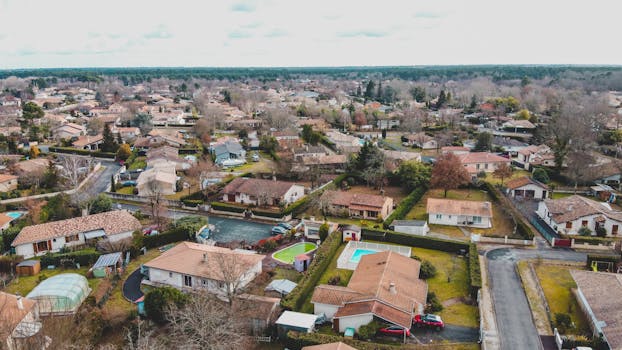
Urban Green Spaces: The Future of Outdoor Living in European Cities by 2025
Introduction to Urban Green Spaces
Urban green spaces, such as parks, gardens, and green roofs, are becoming increasingly important in European cities. These spaces provide numerous benefits for residents, including improved air quality, reduced noise pollution, and increased opportunities for physical activity and social interaction. As we look to the future, it is clear that urban green spaces will play a vital role in shaping the future of outdoor living in European cities.
The Benefits of Urban Green Spaces
Urban green spaces offer a wide range of benefits for residents and the environment. Some of the most significant advantages include:
- Improved air quality: Urban green spaces can help to reduce air pollution by absorbing pollutants and producing oxygen.
- Reduced noise pollution: Green spaces can act as a buffer, reducing noise pollution and creating a more peaceful environment.
- Increased opportunities for physical activity: Urban green spaces provide opportunities for walking, cycling, and other physical activities, which can help to improve physical and mental health.
- Improved mental health: Spending time in nature has been shown to have a positive impact on mental health, reducing stress and anxiety.
- Increased social interaction: Urban green spaces can help to foster a sense of community, providing opportunities for social interaction and connection with others.
The Future of Urban Green Spaces in European Cities
By 2025, urban green spaces are expected to play an even more vital role in European cities. As cities continue to grow and urbanize, it is essential that we prioritize the creation and maintenance of these spaces. Some of the ways in which urban green spaces are expected to evolve in the future include:
- Increased use of green roofs and walls: Green roofs and walls can help to reduce energy consumption, improve air quality, and create habitats for wildlife.
- More emphasis on community engagement: Urban green spaces will be designed to foster a sense of community, with opportunities for social interaction, education, and outreach.
- Greater incorporation of technology: Urban green spaces will incorporate technology, such as smart irrigation systems and solar-powered lighting, to improve efficiency and sustainability.
- More focus on biodiversity: Urban green spaces will be designed to promote biodiversity, with a focus on native plant species and habitats for wildlife.
Case Studies: Successful Urban Green Space Initiatives in European Cities
There are many examples of successful urban green space initiatives in European cities. Some case studies include:
- The High Line in London: This elevated park, built on an old rail line, has become a popular destination for residents and tourists alike.
- The Park Royale in Amsterdam: This urban park features a range of green spaces, including gardens, meadows, and forests, and is a popular spot for recreation and relaxation.
- The Green Roof Initiative in Berlin: This initiative aims to increase the number of green roofs in the city, providing numerous benefits for residents and the environment.
Conclusion
Urban green spaces are a vital component of European cities, providing numerous benefits for residents and the environment. As we look to the future, it is clear that these spaces will play an even more important role in shaping the future of outdoor living. By prioritizing the creation and maintenance of urban green spaces, we can create healthier, more sustainable, and more livable cities for all.



